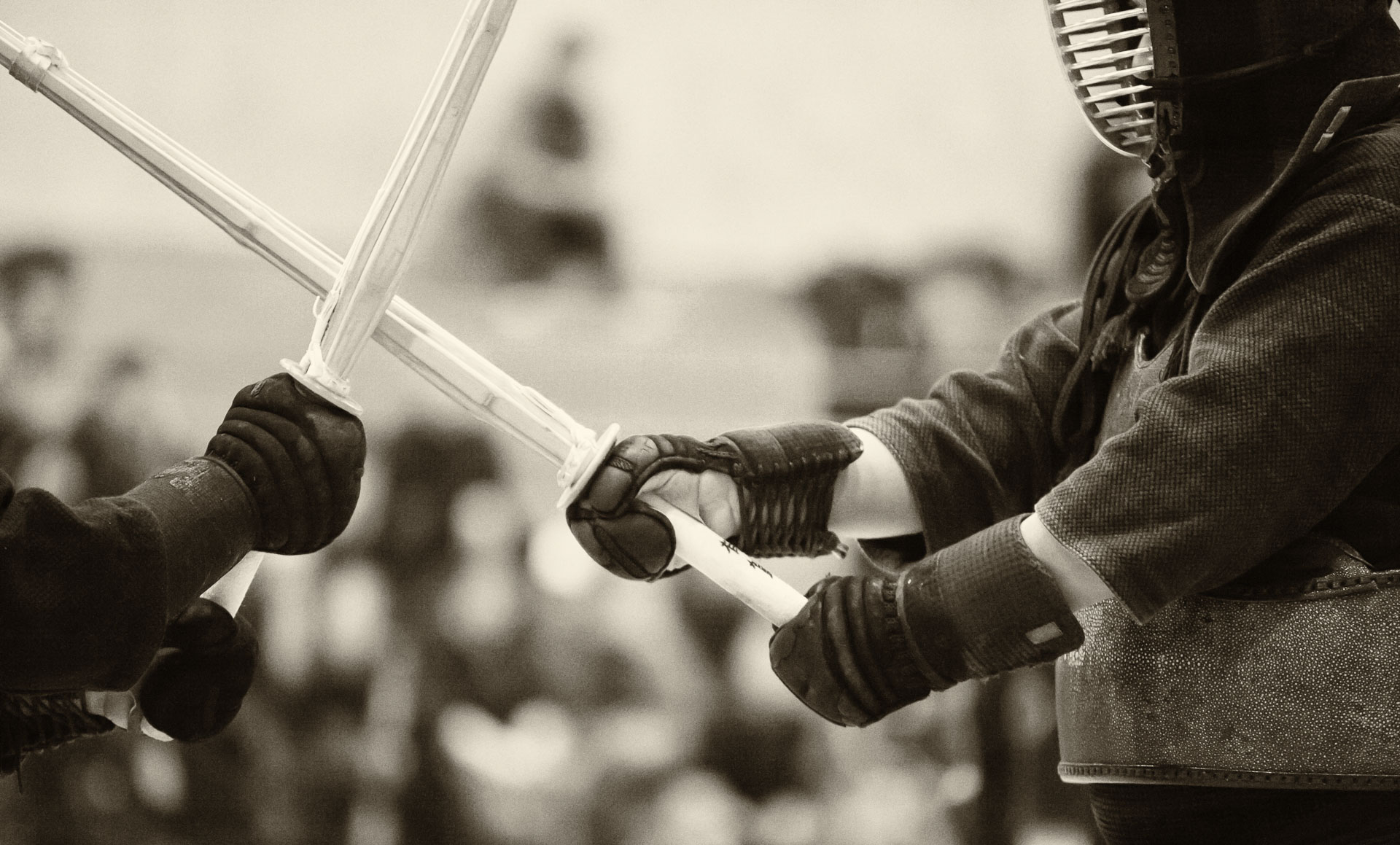
One of the most recognizable nebulae, the dark head of a horse has its own catalogue number: B33. It’s a dense cloud of dust and cold hydrogen gas that blocks the light of the background stars and the red glow of ionized hydrogen. The large emission nebula in the background is IC 434 – an enormously active star-forming region. The bright young stars in it’s centre compress the gas with their stellar wind, creating new stars. The mass of the gas displaced by the ionization front of IC434 is about 10,000 Solar masses! I find it difficult to grasp the enormity of the number. This shouldn’t be surprising, of course, because there is nothing even remotely comparable to this truly astronomical mass that we encounter in daily life. For reference, one Solar mass is approximately 2*10^30 ( 2 nonillion) kg!
The bright dots at the base of the Horsehead are the stars that have just been formed, and the bluish smudge to the bottom left is a small reflection nebula NGC 2023. The bright explosion-like emission nebula farther to the left is the Flame Nebula (NGC 2024), which has streaks of black dust blocking the background radiation.
This light travelled for 1,350 years before reaching my camera in Victoria, BC in January 2025. This is a 3.5-hr one-shot exposure at f/5.9 with a one-shot-colour (OSC) camera and a dual narrowband filter.



